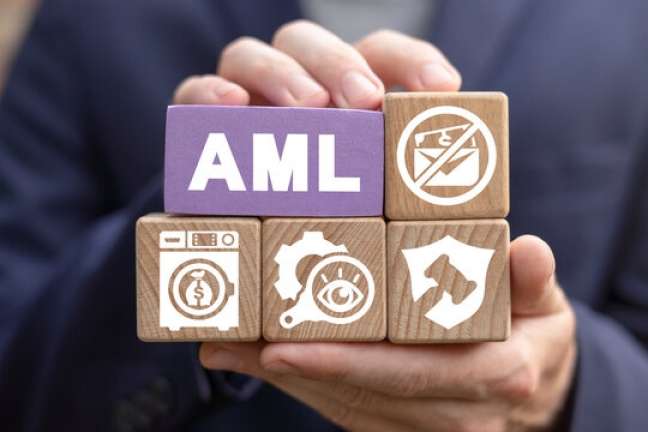Making a sale is tough—many processes are involved, and all your efforts can immediately go down the drain if you mess one up. While it’s true that you shouldn’t focus on the effort but the results instead in sales, this doesn’t erase the fact that it hurts to let a sales opportunity fly away. You know very well that finding leads alone can be a time- and resource-consuming process.
Thankfully, there’s one part of the sales process that you can refine that can allow your chances of success to improve. And that is by creating and revising an effective sales call script. If you want to know how to make one, continue reading.
Learn more about the product or service
It will be a great advantage if the product or service you’re selling is from you. You know full well the strengths and weaknesses of the thing you’re selling, even if you’re blindfolded. However, if you’re in the retail industry and you sell products you don’t make or services you don’t do, you must get to know more of them if you want to write a great sales script for them.
Define your target audience
Establish the kind of people you wish to make a sale to. Define a buyer persona—a profile of the ideal customer you think has the highest chance of getting the product you’re selling. Know their age, gender, preferences, behavior, occupation, and any information that may make them rearing to get your product without you making too much effort.
Get to know your buyer. See why the product you have can solve their problems. For example, you might be selling pillows. Your ideal customers may be working middle-aged females who are experiencing sleep apnea.
With those pieces of information, you may customize your sales script and raise the probability of your targets to say yes. If you want to quickly establish a buyer persona, you may want to do a competitor analysis on your sales rivals and copy the kind of prospects they target.
Before you write anything, don’t think that you’ll only need one sales script. Depending on your target audience, you may need to make two or three more to ensure you have something prepared for the type of prospects you’ll target. Remember, some target audiences can be split into subcategories, and you don’t need to restrict yourself to targeting a single buyer persona.
Also, be sure to know more about the types of buyers you’ll encounter. Depending on their type, you may employ different strategies or say other lines from your script. Some of the most common types of buyers you’ll find are the following:
- The analytical buyer
- The amiable buyer
- The driver buyer
- The expressive buyer
Make room for pain point discovery
Having an idea who your target buyers are is not enough. Even if people match the buyer persona you made, know that the people you’ll meet won’t always fit. And because of that, you need to make room in your script to allow you to discover their pain points.
Pain points are the specific reasons they’re having problems. For example, if you target sleep-deprived people, their pain points might be a snoring partner, digestive issues, or bad blood circulation.
You’d be lucky if your prospects are the talkative type who’ll tell you everything once you ask them anything. But because you can’t always rely on luck, it’s up to you to formulate leading questions to make it easier for you to identify the pain points.
And before you can make those discovery questions, you should list all possible pain points that your products can alleviate. You can make that process easier by listing your products’ benefits first and then finding all the things those benefits can fix.
Emphasize the benefits
Selling someone something isn’t trickery. Typically, you only need sound logic and a bit of charisma. Once you become more familiar with the product you’re selling and the people you’ll sell to, creating a sales script becomes as simple as playing with a shape matching toy. You only need to match the product’s benefits and pain points your buyers have.
Suppose you’re selling a wedge pillow and your target is married couples. You can capitalize on the wedge’s ability to reduce snoring, which can help your buyers and their partners have better sleep. Then you can tell them about two bonus benefits like the wedge’s ability to elevate their legs to improve circulation and reduce muscle tension.
Develop your introduction
The type of introduction you’ll start with depends on the products or services you’re selling. For example, if you’re marketing business management software, you can get away with saying your name, an introduction for your product, and a discovery question. On the other hand, if you’re selling something more personal like pet clothing, you may want to delay asking discovery questions and establish rapport first.
Also, base your introduction on your buyer’s persona. For busy people, you can be quick and transactional. For amiable prospects, you can start with a friendly tone and engage in pleasantries.
Develop your closing statement
Once you have overcome all sales objections and hooked your buyers with your offer, it’s time to reel them in through your sales closing statement. And there’s a lot of sales closing techniques you can apply. Here are a few ways to get you started:
- Now or never: Sweeten the deal by adding discounts or promotions.
- Summary: Reiterate the benefits they’ll be getting.
- Sharp angle: Anticipate buyers to ask for discounts and promotions.
- Question: Asking questions to confirm the deal or probe for additional sales.
- Assumptive: Seal the deal by proceeding to ask positive close-ended questions.
Conclusion
In all honesty, great sales scripts only contain your introductions, probing questions, and closing statements. All the things you’ll need to say will be you winging it. However, it doesn’t mean that you should do all the talking.
Remember, keep it simple and let buyers think that the conversation is about them. You shouldn’t make them feel that it’s about you or the product you’re offering. After all, great sales often consist of your prospects doing all the talking and you listening.















